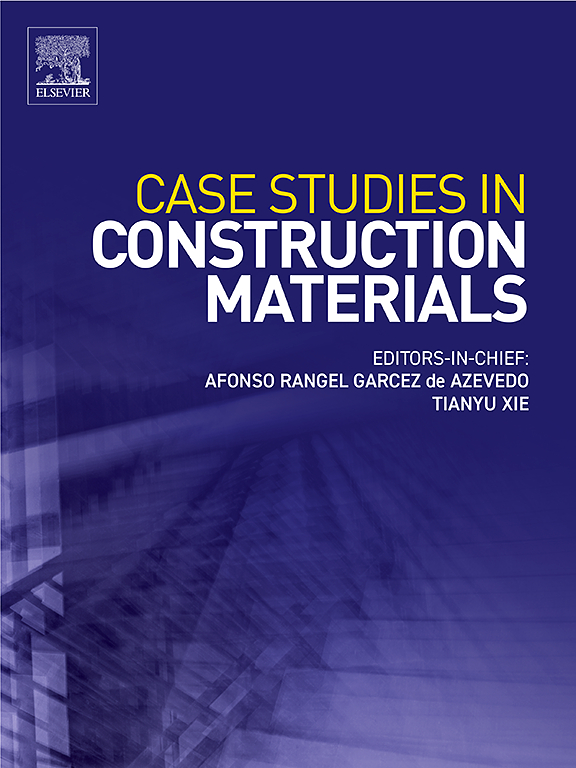Effect of carbonization on chloride penetration in rapid repair mortar derived from solid waste-based CSA cement
IF 6.6
2区 工程技术
Q1 CONSTRUCTION & BUILDING TECHNOLOGY
引用次数: 0
Abstract
The development of highly corrosion-resistant rapid repair mortar (RRM) for marine concrete is of great importance, particularly given the significant role that Cl- corrosion plays in the deterioration of marine construction materials. In this work, the penetration effects of Cl- in RRM derived from solid waste-based CSA cement was experimentally characterized. The impact of carbonization and the incorporation of hydrothermal carbon on the anti-Cl-permeation characteristics was investigated. The evolution of the mineral phase composition and microstructure of the RRM in response to Cl- corrosion was analyzed. The results showed that ettringite in RRM was transformed into an unstable Cl-ettringite with elevated Cl- concentrations, which subsequently decomposed into minerals such as zunyite. Nevertheless, ettringite adsorbs chloride onto its surface at low Cl- concentrations, thereby impeding the diffusion of Cl-. Carbonization reduced the resistance of RRM to the penetration of Cl- in two ways: firstly, ettringite is carbonized to produce minerals such as CaCO3 and CaSO4∙2 H2O, which reduces the binding capacity of RRM for Cl-; secondly, carbonization results in smaller pore spaces and higher connectivity, which enhances capillarity and facilitates the penetration of the solution to the interior. The addition of hydrothermal carbon can improve the binding capacity of RRM for Cl-, but does not prevent the carbonization process.
碳化对固废基CSA水泥快修砂浆中氯离子渗透的影响
开发高耐蚀快速修补砂浆(RRM)对海洋混凝土具有重要意义,特别是考虑到Cl-腐蚀对海洋建筑材料劣化的重要作用。本文对固废基CSA水泥中Cl-在RRM中的渗透效果进行了实验表征。研究了炭化和水热炭掺入对抗cl渗透性能的影响。分析了RRM的矿物相组成和显微组织在Cl腐蚀下的演变规律。结果表明,RRM中的钙矾石在Cl-浓度升高的情况下转化为不稳定的Cl-钙矾石,随后分解为锌辉石等矿物。然而,钙矾石在低Cl-浓度下将氯化物吸附在其表面,从而阻碍了Cl-的扩散。碳化通过两种方式降低了RRM对Cl-渗透的抵抗力:一是钙矾石碳化生成CaCO3和CaSO4∙2 H2O等矿物,降低了RRM对Cl-的结合能力;其次,碳化导致孔隙空间变小,连通性提高,从而增强了毛细管作用,有利于溶液向内部渗透。水热炭的加入可以提高RRM对Cl-的结合能力,但不能阻止其炭化过程。
本文章由计算机程序翻译,如有差异,请以英文原文为准。
求助全文
约1分钟内获得全文
求助全文
来源期刊

Case Studies in Construction Materials
Multiple-
CiteScore
7.60
自引率
19.40%
发文量
842
审稿时长
63 days
期刊介绍:
Case Studies in Construction Materials provides a forum for the rapid publication of short, structured Case Studies on construction materials. In addition, the journal also publishes related Short Communications, Full length research article and Comprehensive review papers (by invitation).
The journal will provide an essential compendium of case studies for practicing engineers, designers, researchers and other practitioners who are interested in all aspects construction materials. The journal will publish new and novel case studies, but will also provide a forum for the publication of high quality descriptions of classic construction material problems and solutions.
 求助内容:
求助内容: 应助结果提醒方式:
应助结果提醒方式:


